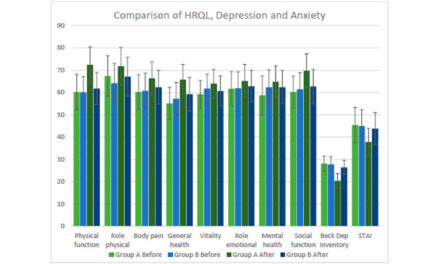In-depth secretome analysis of Puccinia striiformis f. sp. tritici in infected wheat uncovers effector functions
1Middle East Technical University, Biotechnology Program, Ankara 06800, Turkey; 2Division of Plant Sciences, Research School of Biology, The Australian National University,
Canberra, Australian Capital Territory 2601, Australia; 3School of Bioengineering, Dalian University of Technology, No. 2 Linggong Road, Dalian, Liaoning 116023, China
The importance of wheat yellow rust disease, caused by Puccinia striiformis f. sp. tritici (Pst), has increased substantially due to the emergence of aggressive new Pst races in the last couple of decades. In an era of escalating human populations and climate change, it is vital to understand the infection mechanism of Pst in order to develop better strategies to combat wheat yellow disease. The present study focuses on the identification of small secreted proteins (SSPs) and candidate-secreted effector proteins (CSEPs) that are used by the pathogen to support infection and control disease development. We generated de
novo assembled transcriptomes of Pst collected from wheat fields in central Anatolia. We inoculated both susceptible and resistant seedlings with Pst and analyzed haustoria formation. At 10 days post-inoculation (dpi), we analyzed the transcriptomes and identified 10550 Differentially Expressed Unigenes (DEGs), of which 6072 were Pst-mapped. Among thosePst-related genes, 227 were predicted as PstSSPs. In silico characterizationwasper formed using an approach combining the transcriptomicdata and datamining results topro- vide a reliable list to narrow down the ever-expanding repertoire of predicted effectorome. The comprehensive analysis detected 14 Differentially Expressed Small-Secreted Proteins (DESSPs) that overlapped with the genes in available literature data to serve as the best CSEPs for experimental validation. One of the CSEPs was cloned and studied to test the reliability of the presented data. Biological assays show that the randomly selected CSEP, Unigene17495 (PSTG 10917), localizes inthechloroplast and isable tosuppress cell death induced by INF1 in a Nicotiana benthamiana heterologous expression system.
( … )









